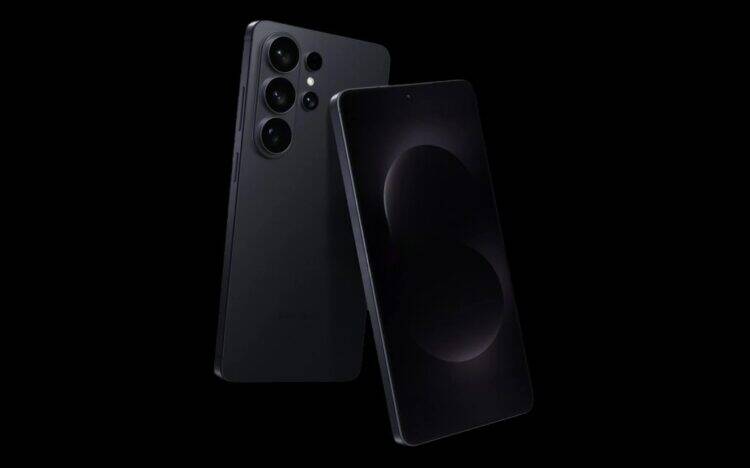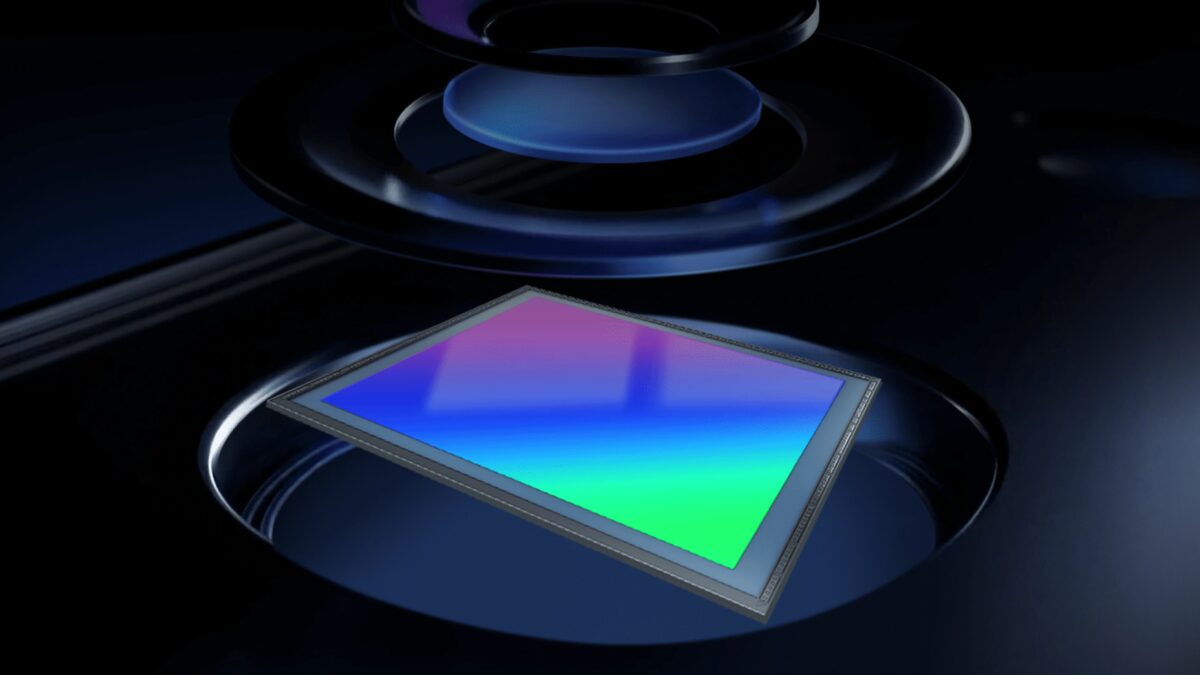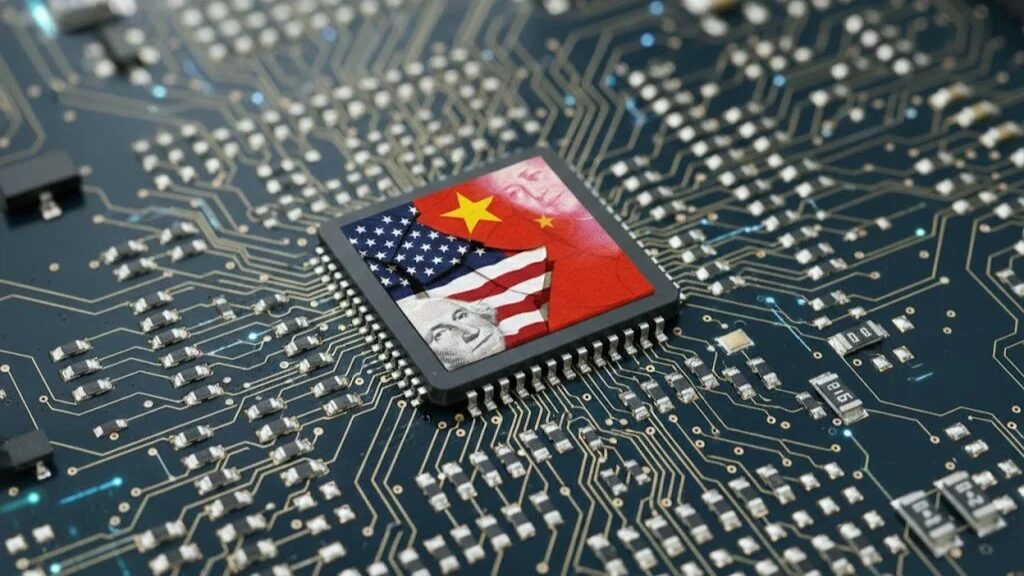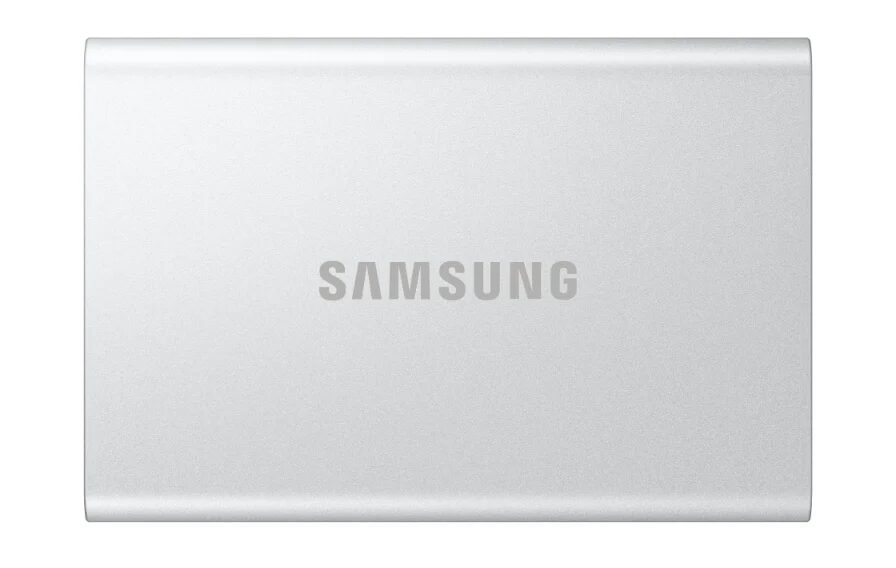Huawei chips are only one generation behind their US counterparts
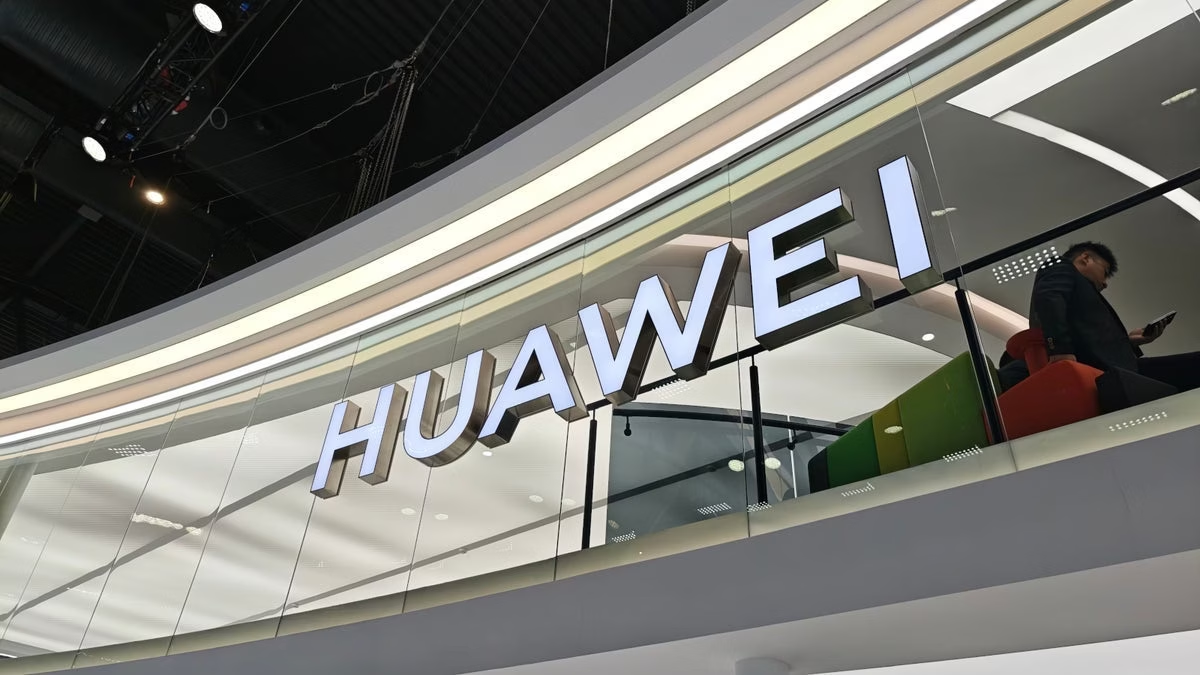
With the release of the 5nm Kirin X90 processor designed by Huawei and manufactured by SMIC, the Chinese manufacturer says it’s just one generation behind its U.S. semiconductor leaders. While TSMC and Samsung plan to start shipping 2nm chips as early as next year, Huawei has a 5nm solution that’s just a step behind the 3nm components used in devices such as the iPhone.
Huawei has a 5nm solution that’s only one step behind the 3nm components used in devices such as the iPhone.
Because of U.S. sanctions, Huawei and SMIC can’t buy extreme ultraviolet lithography (EUV) machines, which only Netherlands-based ASML makes. As a result, they have to use an older technology, deep ultraviolet lithography (DUV), which limits their ability to create more advanced chips.
Huawei and SMIC can’t buy EUV machines, which are made only by ASML in the Netherlands.
EUV allows smaller circuits to be deposited on a silicon wafer, increasing the number of transistors on the chip. The more transistors, the better the performance and energy efficiency.
EUV allows for smaller circuits on silicon wafers, increasing the number of transistors on the chip.
To get around the lack of EUV, SMIC is supposedly using a technique called Self-Aligned Quadruple Patterning (SAQP), which creates smaller elements than is possible with conventional DUV lithography. However, this technique results in lower chip yields and higher production costs.
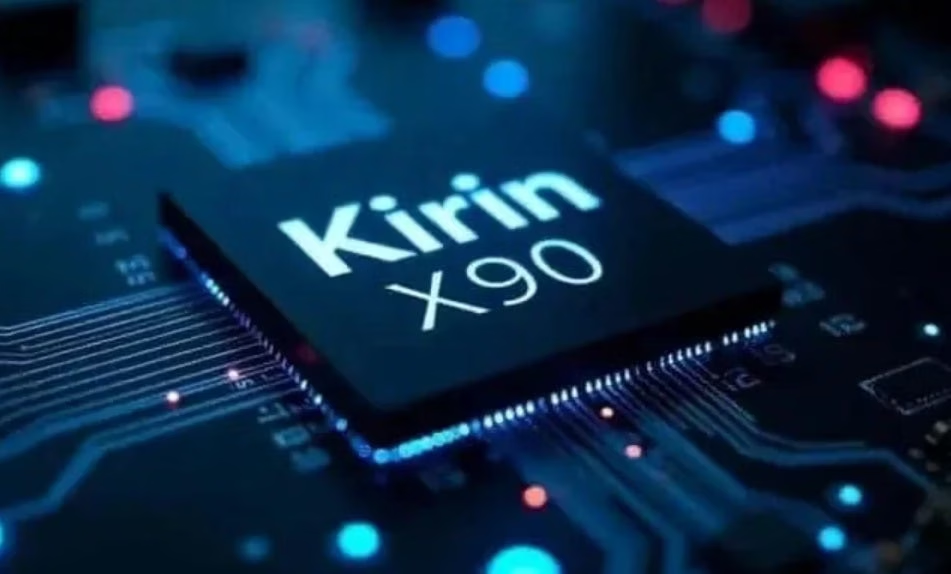
Huawei CEO Ren Zhengfei said in an interview with state-run People’s Daily that the company invests 180 billion yuan (about $25 billion) annually in research and development. He also noted that prospects are opening up in creating chips based on alternative materials that are not constrained by Moore’s Law.
Huawei’s Zhengfei said the company is investing 180 billion yuan (about $25 billion) annually in research and development.
He said:”Our chip is still one generation behind the US. We use math to compensate for the shortcomings of physics, a non-Moore approach to complement Moore’s law, and cluster computing to compensate for the shortcomings of single chips. And it’s yielding practical results. Software is not a bottleneck for us.”
Although Moore’s Law – the prediction that the number of transistors on a chip doubles every two years – is no longer followed literally, it remains a symbol of the industry’s drive to create more productive, smaller, and more energy-efficient solutions.
The Huawei chips are just one generation behind their U.S. counterparts was first published on ITZine.ru.




